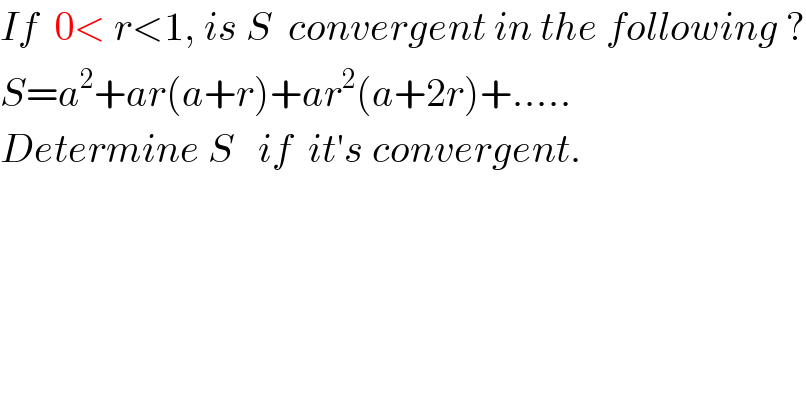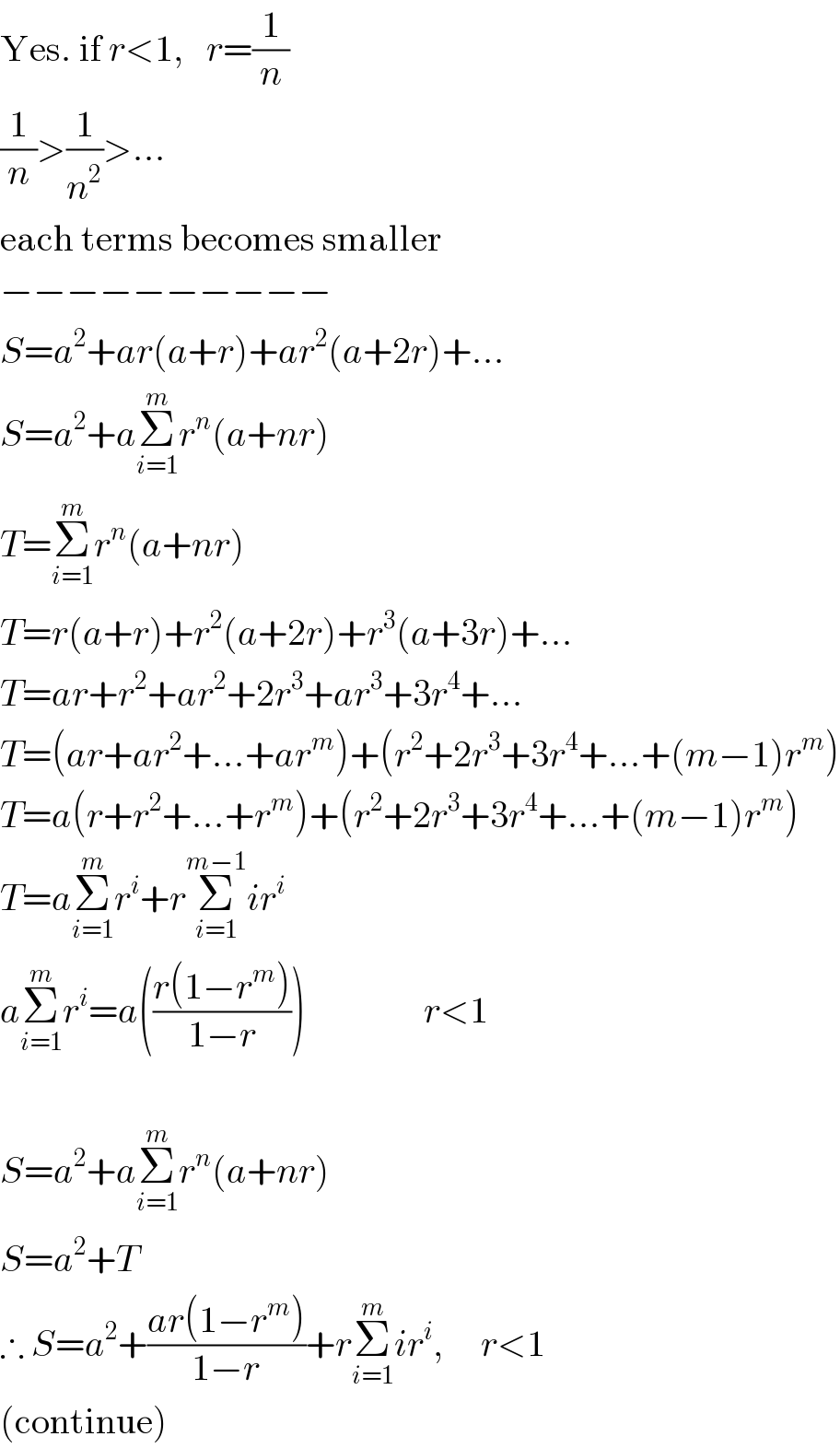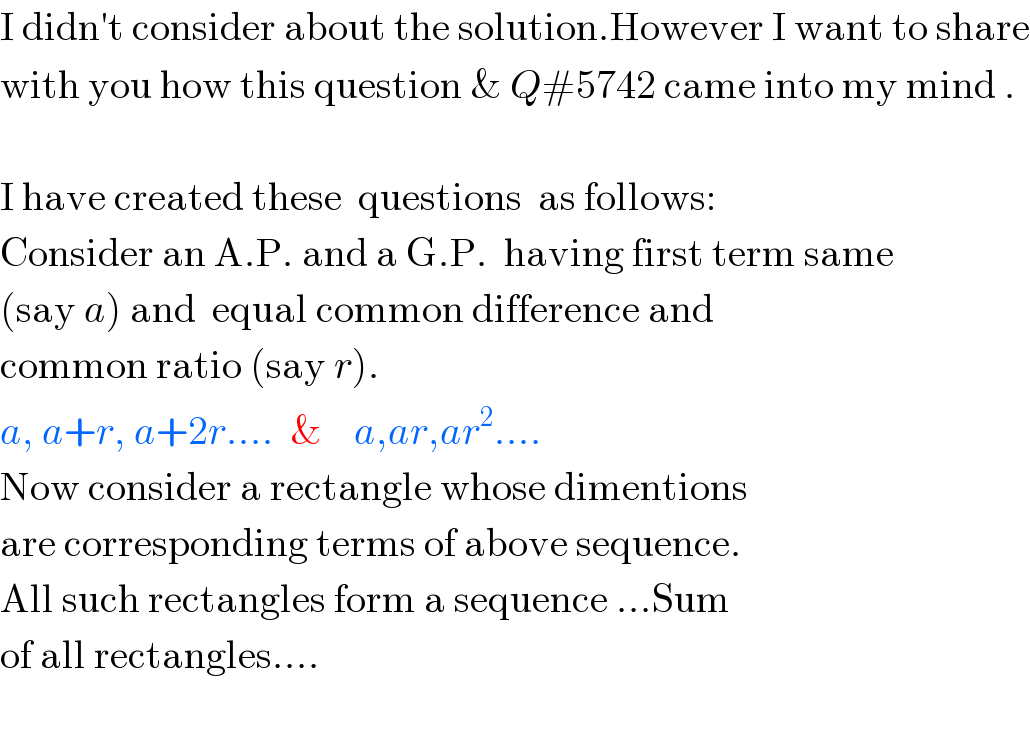
Question and Answers Forum
Question Number 5744 by Rasheed Soomro last updated on 26/May/16

Commented byFilupSmith last updated on 26/May/16

Commented byFilupSmith last updated on 26/May/16

Commented byRasheed Soomro last updated on 26/May/16

Commented byFilupSmith last updated on 26/May/16

